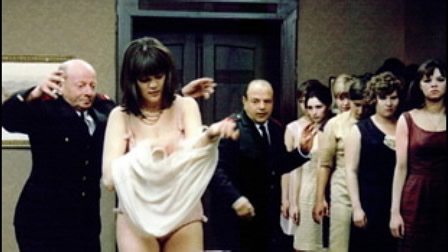Film and Protest
 Four genres of film developed: 1) the story of resistance to the Nazis, 2) the historical drama, 3) the film of every-day life, and 4) the surreal or futurist film. These genres offered film-makers a way to use symbolism and allegory to talk about politics.
Four genres of film developed: 1) the story of resistance to the Nazis, 2) the historical drama, 3) the film of every-day life, and 4) the surreal or futurist film. These genres offered film-makers a way to use symbolism and allegory to talk about politics.
In addition, Czechs developed a very strong tradition of animation The Hand (Ruka), a 1965 stop action animation is a disturbing and powerful statement against authoritarianism everywhere (required, 18 min). It was banned after the Soviet invasion.
Of course, much animation was also created for kids. An ongoing example is Krtek, the little mole. Krtek first appeared in 1957 and continued in short cartoons and 30 minute features through the 2000s. Here's a 1969 (after the Soviet invasion) Krtek film called Krtek the Gardener (required, 7 minutes).
Czech films drew heavily from both Italian Neorealism and French New Wave. They combined the feel of authenticity of the first with some of the story-telling and cinematographic techniques of the second.
Frequently, a key marker of the Czech cinema is tragic-comedy. Humorous situations and absurdity abound but so does death and disaster. This reflects the absurdity and the horror of living under a tyrannical system.